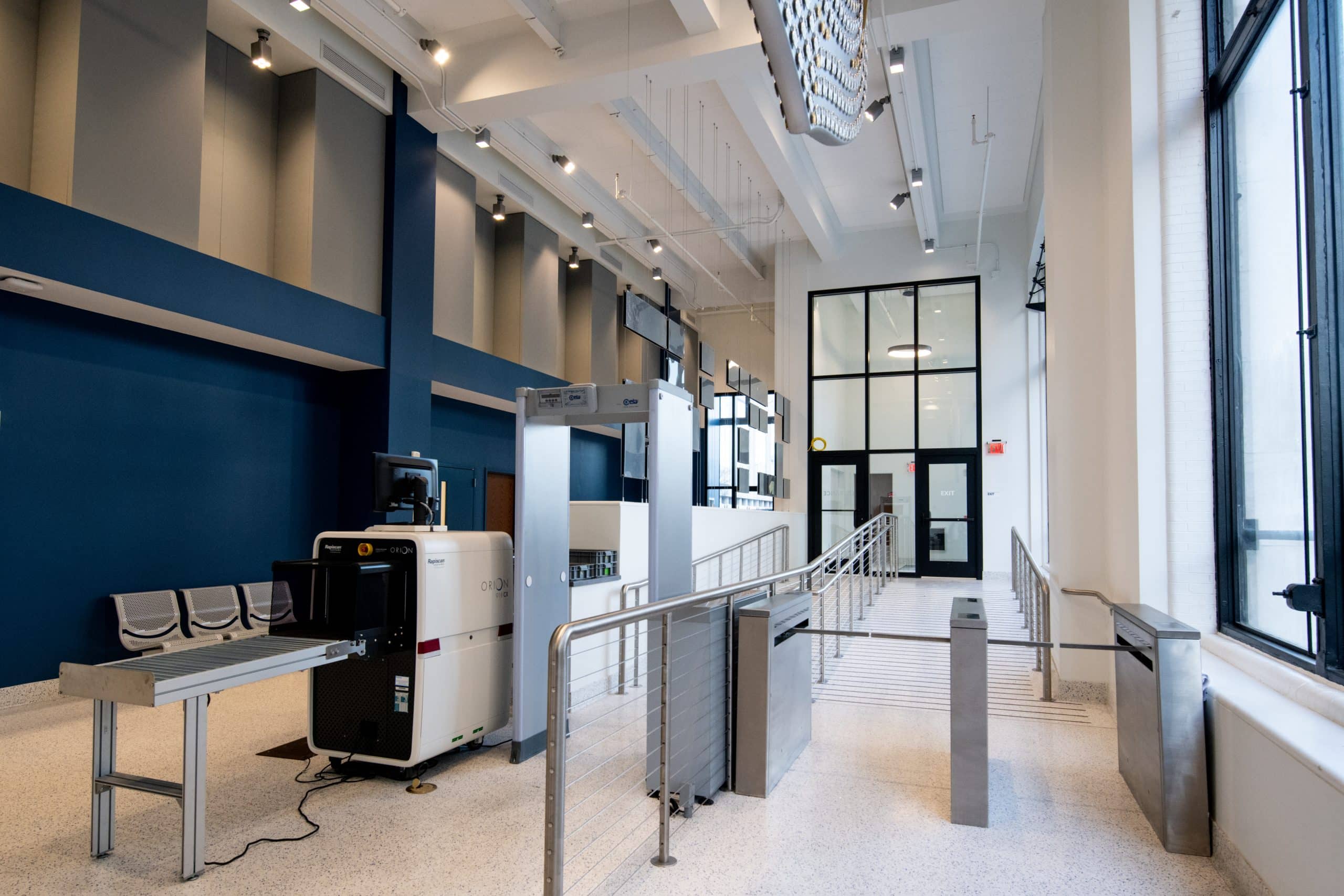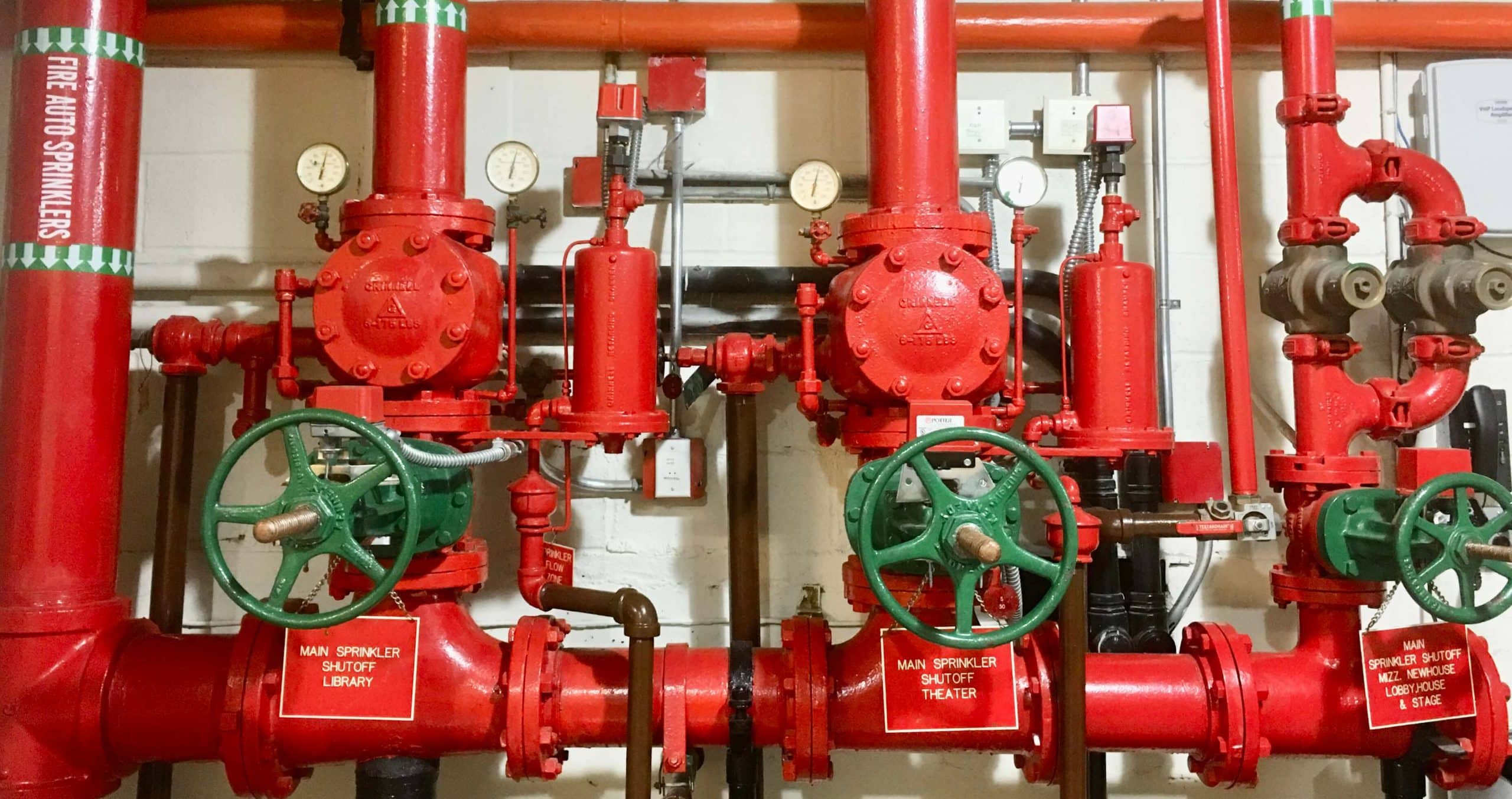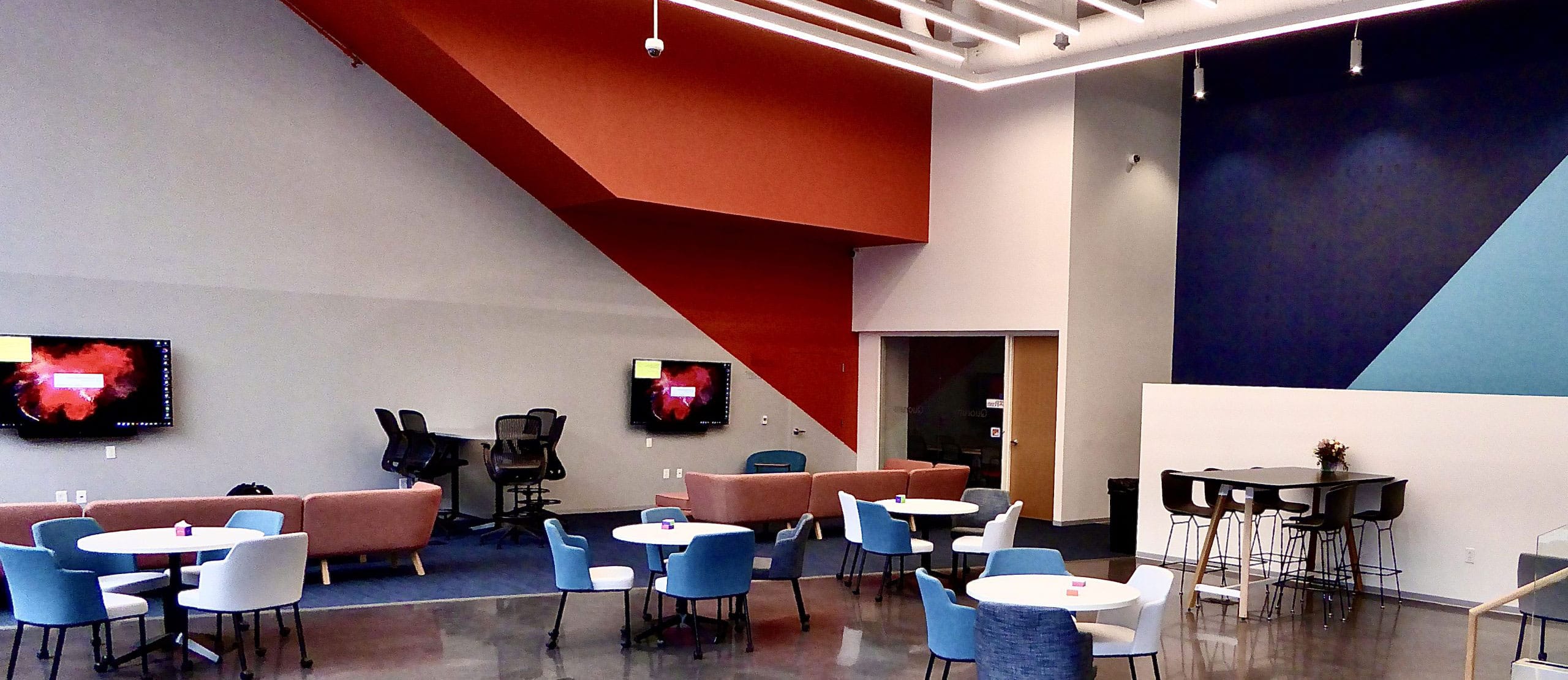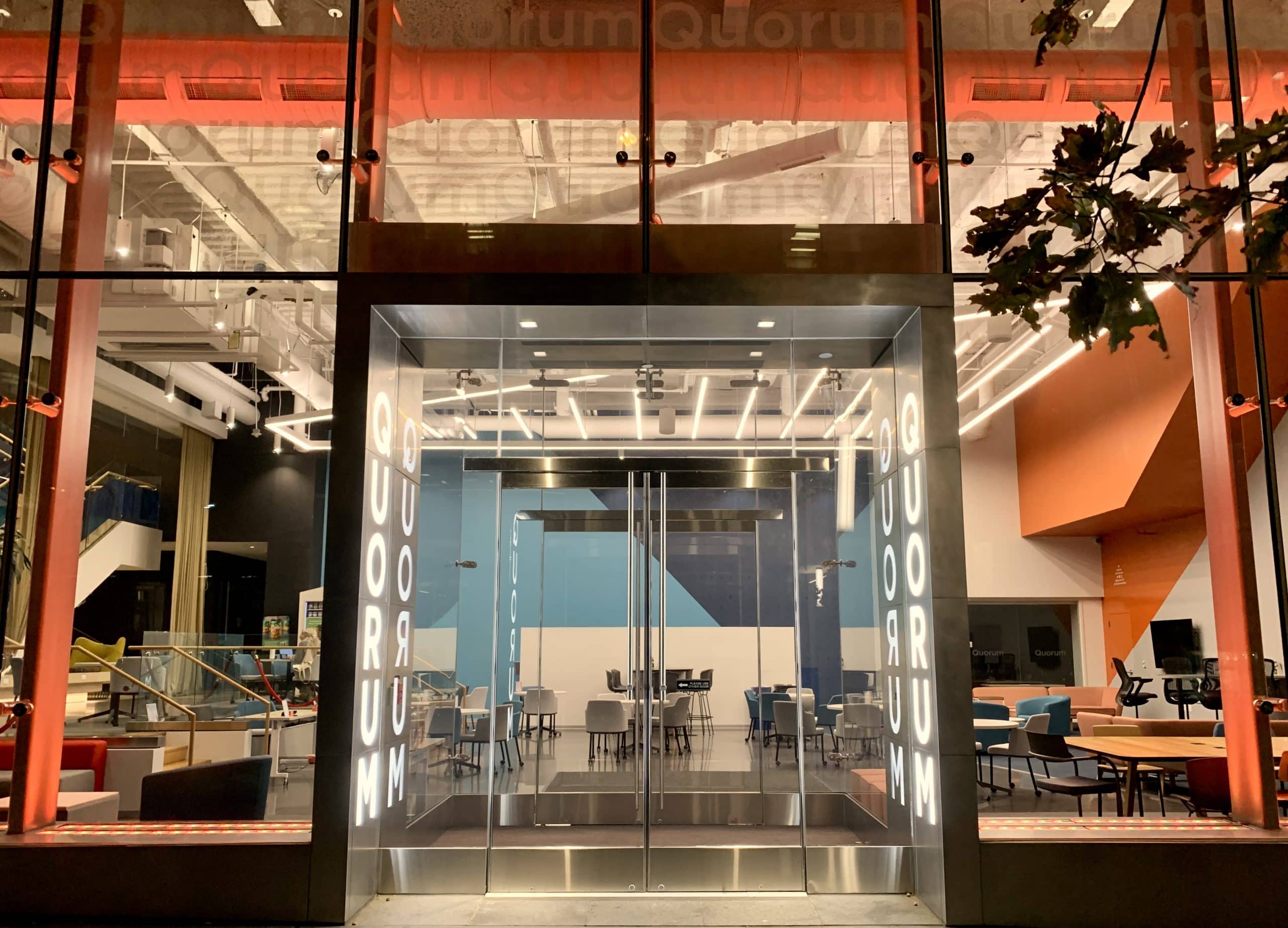With every project involving renovation, rebuilding, or replacing, being able to save money while not sacrificing enhancements because your budget is tight is always of high importance. While many upgrade or rehabilitation projects require the complete “rip and replace” of everything pertaining to your existing equipment, certain equipment may be reused and repurposed for the upgrade.

During our typical renovation design, where we are investigating how to improve the Owner’s systems, we examine what is already in place and develop an understanding of its current condition, capabilities, and operation. This is a procedural outline of how we at PSE develop sustainable systems upgrade programs to meet strict budget needs.
Understanding all important legacy equipment and infrastructure not only helps in our new design, but identifies if anything can be reutilized. Doing this always takes into consideration the project requirements and ultimate needs of the Owner. If the situation requires the complete gutting of entire systems, then we design as required. However, if infrastructure, cabling, field devices, racks, and other miscellaneous equipment which does not impact a new systems operation can be reused, then we explore that option with the input of the Owner as our design progresses.
One of the greatest examples of reuse is in examining existing cabling and infrastructure. In many instances device locations are not changing and we are tasked with replacing old and outdated equipment. We will examine the condition of device cabling and the infrastructure/conduit connecting the equipment room and the devices in question. For this we need to know the cabling type to find if it will meet the needs of the new systems being installed. This involves understanding data/transfer rates, compatibility, and if the cabling is to be used for the vital transfer of information or signals. If the cabling is to be considered for communications deemed vital to the Owner’s mission, t hen the pros and cons of reusing the existing cabling should be discussed. However, if the cabling is for non-vital data, then its reuse could be highly recommended.
Testing of cabling will occur during the programming phase of the design; this timing allows any impact to project budget and scope to be detailed thoroughly. Our testing includes investigating current conditions, existing connected device operations, and usage. During the construction phase, we will require the contractor to test all cabling scheduled to be reused looking for multiple faults, shorts, opens, splits, crosses, bridges, and impedance. This results in a report for our approval prior to installing any new devices on the existing cables, ensuring that if a cable requires replacement it has been double checked by both the engineer and the contractor confirming the need.
The three most important check list items are:
- Is the quality of labeling, splices, insulation, and terminations sufficient?
- Does the device currently work?
- Does the existing cable meet the requirements of the new equipment?
If new cabling is required, the infrastructure used to support the cabling is tested as well. While not all conduit is able to be observed, best attempts are made at ensuring new cabling can be provided through existing conduit or new conduit pathways are capable of being installed. Much of this depends on, as discussed earlier, the scope, budget, and requirements of the project.
Regardless of the approach, it is important to understand the needs of the project and the expected outcome to determine if reusing cabling and infrastructure is an option or not. Depending on the Design Professional to understand the scope of work, the Owner’s needs, the system operations, and the limits and capabilities of the system being designed will allow the decision to be made if cabling and infrastructure can be reused or not. While many decisions will be based upon budget, some ultimately need to be made based upon what is best for the future of the systems
being installed.
For an independent review of your facility needs, contact our Director of Public Safety and Correctional Security, Thomas H. Pilson IV, CSC at 800-839-5060 x104.






